The Marvelous Revival Of Nalanda University
- June 26, 2024
- By: Yukti Kasera
- NEWS
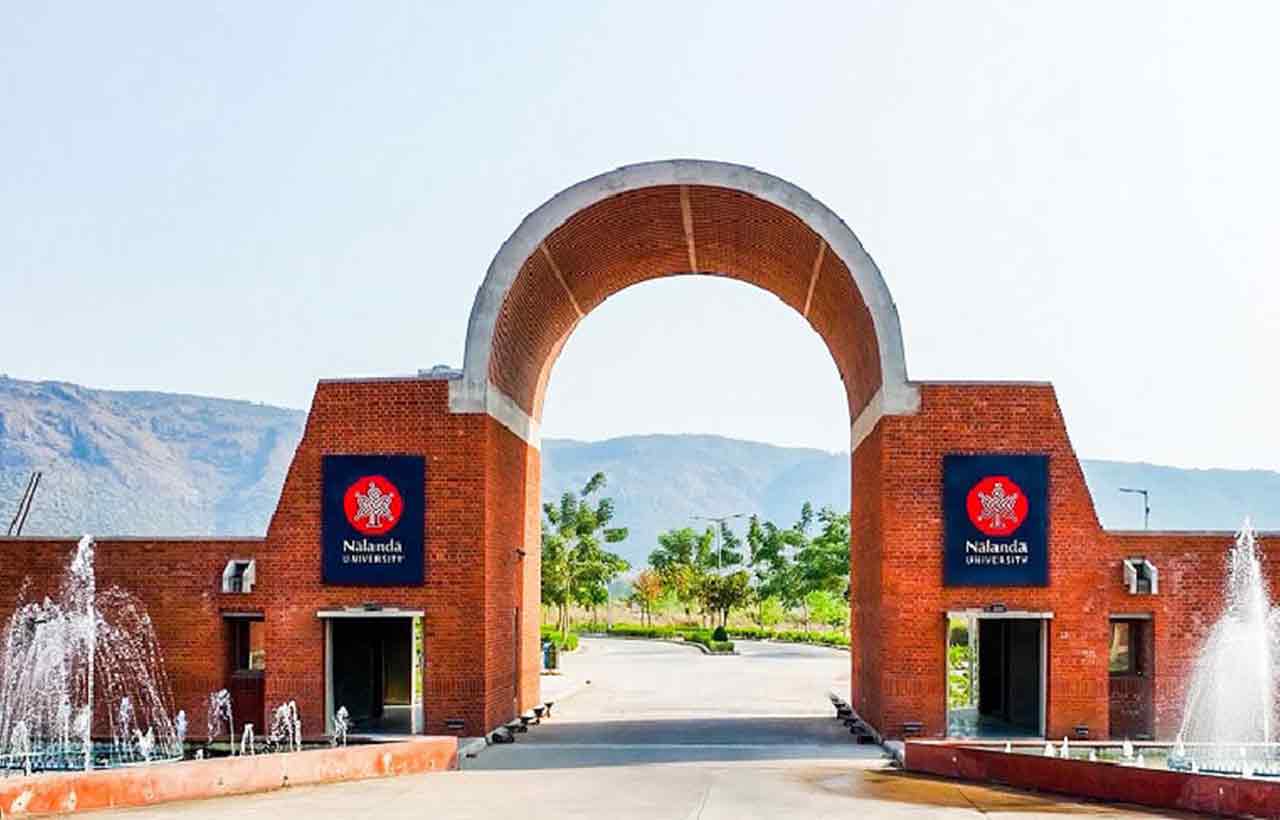 The first international residential school in history and the home of scholarly monks and instructors from Nagarjuna to Aryabhatta, known as the "Mahavihara," was finally reopened on 19th June, 2024 by Prime Minister Narendra Modi.
The first international residential school in history and the home of scholarly monks and instructors from Nagarjuna to Aryabhatta, known as the "Mahavihara," was finally reopened on 19th June, 2024 by Prime Minister Narendra Modi.
"Learning is being here." proclaims the renovated Nalanda University, which is located 90 kilometers east of Patna in Bihar next to the beautiful Rajgir hills. An appropriate description for a location that was founded around 500 years before the renowned Oxford University and is regarded as the world's first international residential school. On June 19, Prime Minister Narendra Modi officially opened the university's new campus.
In 2010, the historic Indian university Nalanda was resurrected with the goal of carrying on its tradition as a premier hub for research and education. Situated in close proximity to the old university's historical site in Rajgir, Bihar, the recently established Nalanda University is an international endeavor aimed at promoting cross-border intellectual interchange and advancing knowledge across numerous fields. This university offers a distinctive educational experience based on interdisciplinary studies, sustainability, and cultural heritage construction. It aims to blend traditional knowledge with modern academic rigor.
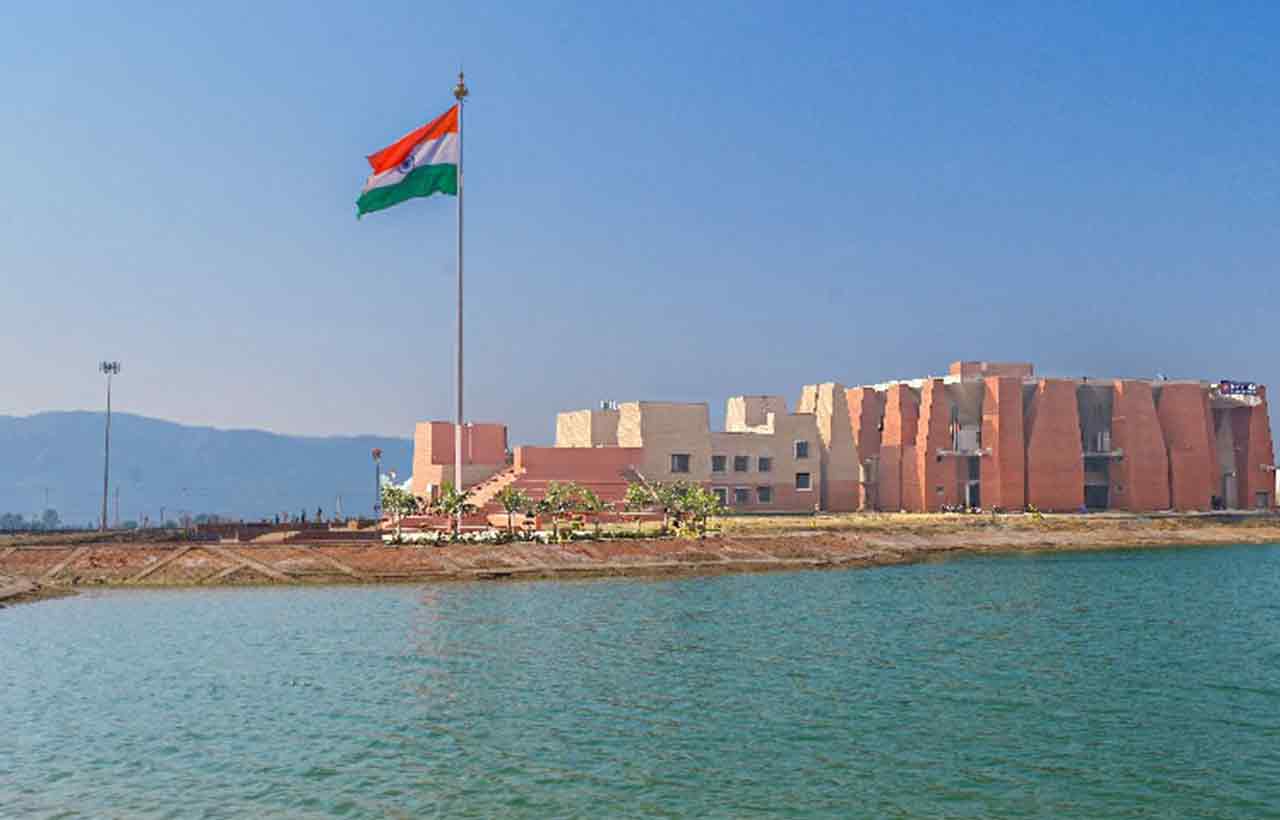
Historical Background and Revival
Former Indian President Dr. A.P.J. Abdul Kalam first put out the concept to resurrect Nalanda University in 2006, with support from a group of nations that included China, Singapore, India, and others. The goal of this endeavor was to revive the historic Nalanda tradition, which attracted academics from all across Asia and beyond during its heyday, which spanned the fifth through the twelfth centuries CE.
The diligent work of the scholarly monks and teachers like Nagarjuna, Aryabhatta, and Dharmakirti- maintained the world's first residential university. It is believed to have had 10,000 students and 2,000 teachers at its height. In his memoirs, Chinese traveler Hiuen-Tsang- who studied at the university for five years and published in-depth accounts about it- states that only roughly 20% of applicants passed the demanding oral entrance exam.
For its contributions to Buddhist studies, mathematics, astronomy, medicine, logic, and philosophy, the ancient Nalanda University was well-known. It embodied the values of openness, tolerance, and scholarship and functioned as a center for intellectual and cultural interchange. Through research and instruction, its 21st-century resurgence aims to uphold this tradition while tackling today's pressing global issues.
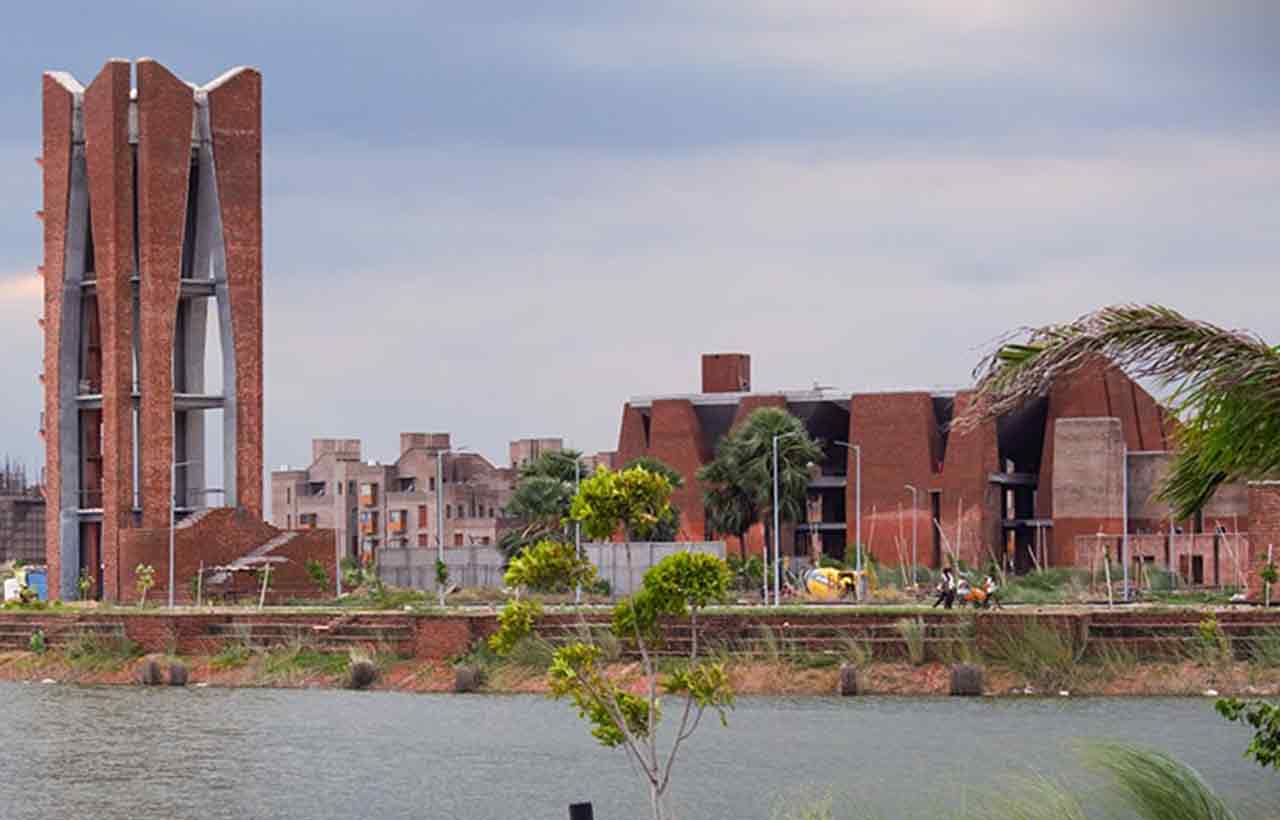 The contemporary governance framework that governs the new Nalanda University is intended to preserve academic independence and autonomy. It is run by a mentor group of distinguished academics and thinkers from around the world as well as an international board of governors. The university's dedication to diversity and worldwide engagement is reflected in this governance style.
The contemporary governance framework that governs the new Nalanda University is intended to preserve academic independence and autonomy. It is run by a mentor group of distinguished academics and thinkers from around the world as well as an international board of governors. The university's dedication to diversity and worldwide engagement is reflected in this governance style.
Research and Academic Programs
Nalanda University's academic programs place a strong emphasis on interdisciplinary studies and encourage teachers and students to look for linkages between many domains of knowledge. The curriculum offers a comprehensive approach to teaching by fusing conventional knowledge with cutting-edge theories and techniques.
The university's mission is centered on research, with teachers and students working on innovative initiatives that tackle global issues. Focus areas include social justice, technological innovation, cultural heritage protection, sustainable development, and climate change. The university supports cross-disciplinary collaborative research projects that promote creativity and knowledge production.
International teachers and students are warmly welcomed at Nalanda University, which is dedicated to creating a diverse and inclusive academic environment. Admission is determined by merit, with a focus on nondiscrimination and equality. With its international student body, the institution fosters mutual understanding and cultural interchange, resulting in a dynamic learning environment enhanced by a diversity of viewpoints.
Master Plan of the Nalanda University
Australia, Bangladesh, Bhutan, Brunei, Cambodia, China, Indonesia, Laos, Mauritius, Myanmar, New Zealand, Portugal, Singapore, South Korea, Sri Lanka, Thailand, and Vietnam are the total number of non-Indian nations that have contributed to the University's establishment. Ambassadors from these nations were present as Mr. Modi opened the campus.
Following an international competition, the master plan for the campus, put out by renowned architect B.V. Doshi's Vastu Shilpa Consultants was selected in 2013. Scattered across 485 acres, the ₹1,800 crore original cost of construction represents a sizable net-zero complex with no carbon footprint. The original monasteries and structures at Nalanda Mahavihara served as an inspiration for the new campus's layout and architectural features. Along with more than 100 acres of green space, it also has an on-grid solar power plant, a water recycling facility, a household and drinking water treatment plant, and more than 100 acres of water bodies (Kamal Sagar ponds). The university also features a fully furnished sports facility, a state-of-the-art library, an archival center, a 250-person yoga center, and an auditorium.
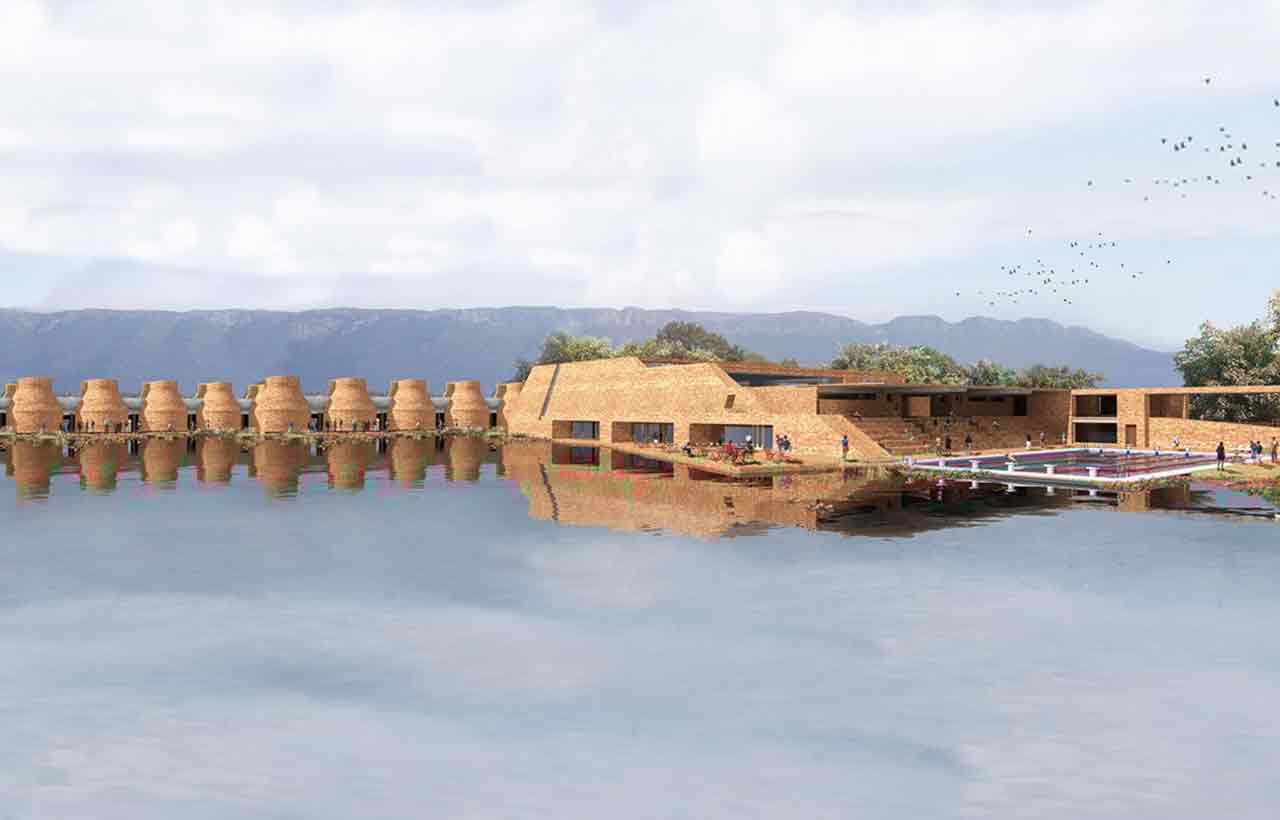 Nalanda University strives to improve the cultural and social fabric of the surrounding area and beyond in addition to academic success. It plans lectures, workshops, and cultural events to foster appreciation, understanding, and conversation about many cultural traditions. Through outreach activities, social equality advocacy, and sustainable development efforts, the institution also interacts with the local communities.
Nalanda University strives to improve the cultural and social fabric of the surrounding area and beyond in addition to academic success. It plans lectures, workshops, and cultural events to foster appreciation, understanding, and conversation about many cultural traditions. Through outreach activities, social equality advocacy, and sustainable development efforts, the institution also interacts with the local communities.
Conclusion
The revival of Nalanda University is an inspiring attempt to bring back a long-standing legacy of scholarship and learning while modernizing it for the demands of the twenty-first century. A new generation of global citizens committed to furthering knowledge and creating positive change in the world is fostered by the institution and architectural design, which is a light of intellectual curiosity thanks to its interdisciplinary approach, international collaboration, and commitment to cultural heritage.
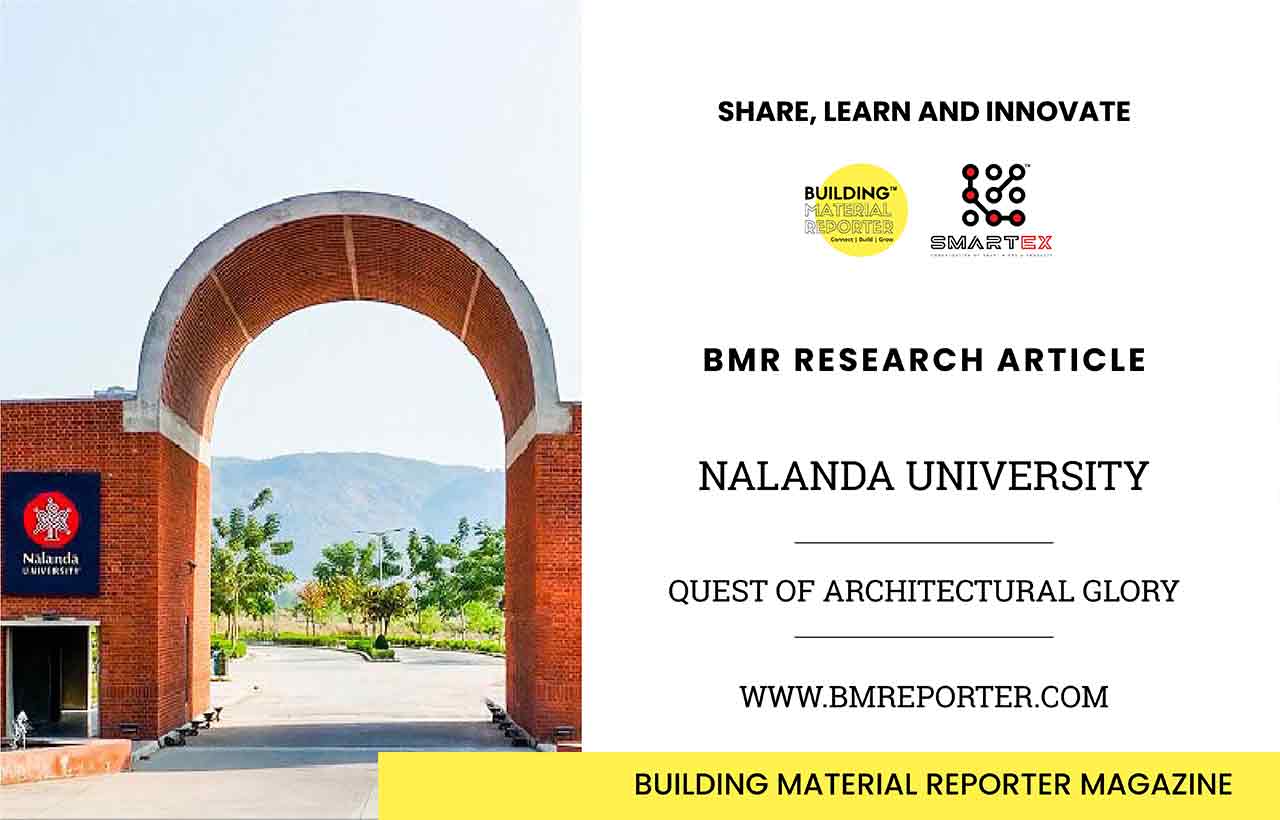 Stay updated with the latest trends and developments in architecture, design, home decor, construction technology, and building materials through Building Material Reporter.
Stay updated with the latest trends and developments in architecture, design, home decor, construction technology, and building materials through Building Material Reporter.








